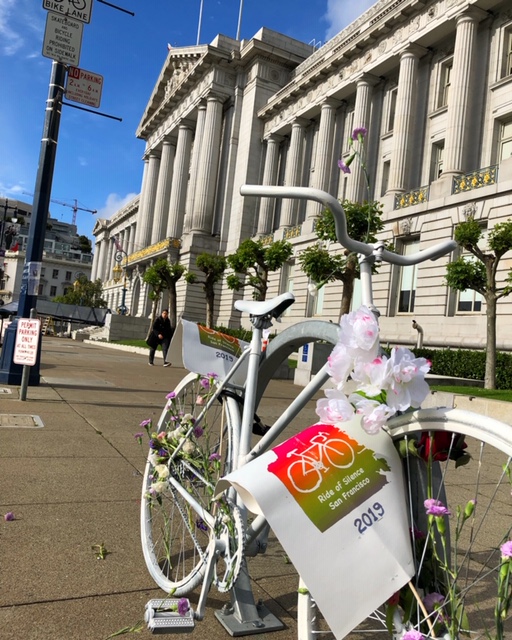 Transit systems need billions of dollars to reach a state of good repair. Image: FTA
Transit systems need billions of dollars to reach a state of good repair. Image: FTAAmericans
who ride trains and buses are suffering the effects of a huge
maintenance backlog, according to a new study by the Federal Transit
Administration [PDF].
It would take a down payment of $77.7 billion to bring the nation's
transit systems up to a state of good repair and another $14.4 billion
per year, on average, to keep transit running smoothly, safely, and
comfortably for riders.
The National State of Good Repair Assessment Study is a follow-up
to a similar report issued last year, which catalogued the needs of the
country's seven largest rail systems. This year's look widens the lens
to include small and medium sized transit operators, including rural
systems, and buses as well as trains.
America's bus system is in particularly bad condition, according to
the FTA. Nine percent of all assets received the lowest rating, poor,
and another 32 percent were deemed marginal. While rail is in a slightly
better condition -- nine percent of assets are poor, but only 17
percent are marginal -- the costs of bringing rail to a state of good
repair are far higher. It'll take $59.2 billion, plus an average of $8.2
billion annually, to keep the rail system well maintained.
Last April, the Federal Transit Administration announced a
competitive grant program to try and improve the quality of the nation's
bus fleet. But though applications for the grants have totaled over
$4.2 billion, the agency only has $775 million to disburse.
To put these numbers in context, the federal stimulus law provided $8.4 billion in transit aid.
Even the stimulus act's highway spending only contributed around
$16 billion to road repairs (and another $9 billion for expanding road
capacity). In other words, America's transit systems need an investment
far bigger than the stimulus provided to highway repair, and fast.
Until that happens, transit riders are going to be less
comfortable, less safe, and less likely to keep riding transit. Here's
Kaid Benfield of the Natural Resources Defense Council, giving the issue a human face this morning:
I find myself using DC’s Metro less and less these days, in nosmall part because it just doesn’t work as consistently well as I needit to in order to meet my needs. Although our Metrorail system hasnever been perfect, it has always been a marvel of architectural beautyand engineering achievement, and once was the envy of the nation for its cleanliness, comfort and efficiency.
Sadly, that is no longer the case. Today, access to the systemis made difficult by broken escalators and elevators all over thesystem; service can be slow and unpredictable; cars are dirty andcrowded; air conditioning systems sometimes provide mediocre cooling inDC's sweltering summer heat.
I used to take Metro all the time for commuting and frequentlyfor other trips as well. But, while I still use the system severaltimes per week, frequently to shuttle around downtown for meetings, more often than not I now drive to work, shelling out $20 for parking eachday and putting up with traffic hassles when I do.





